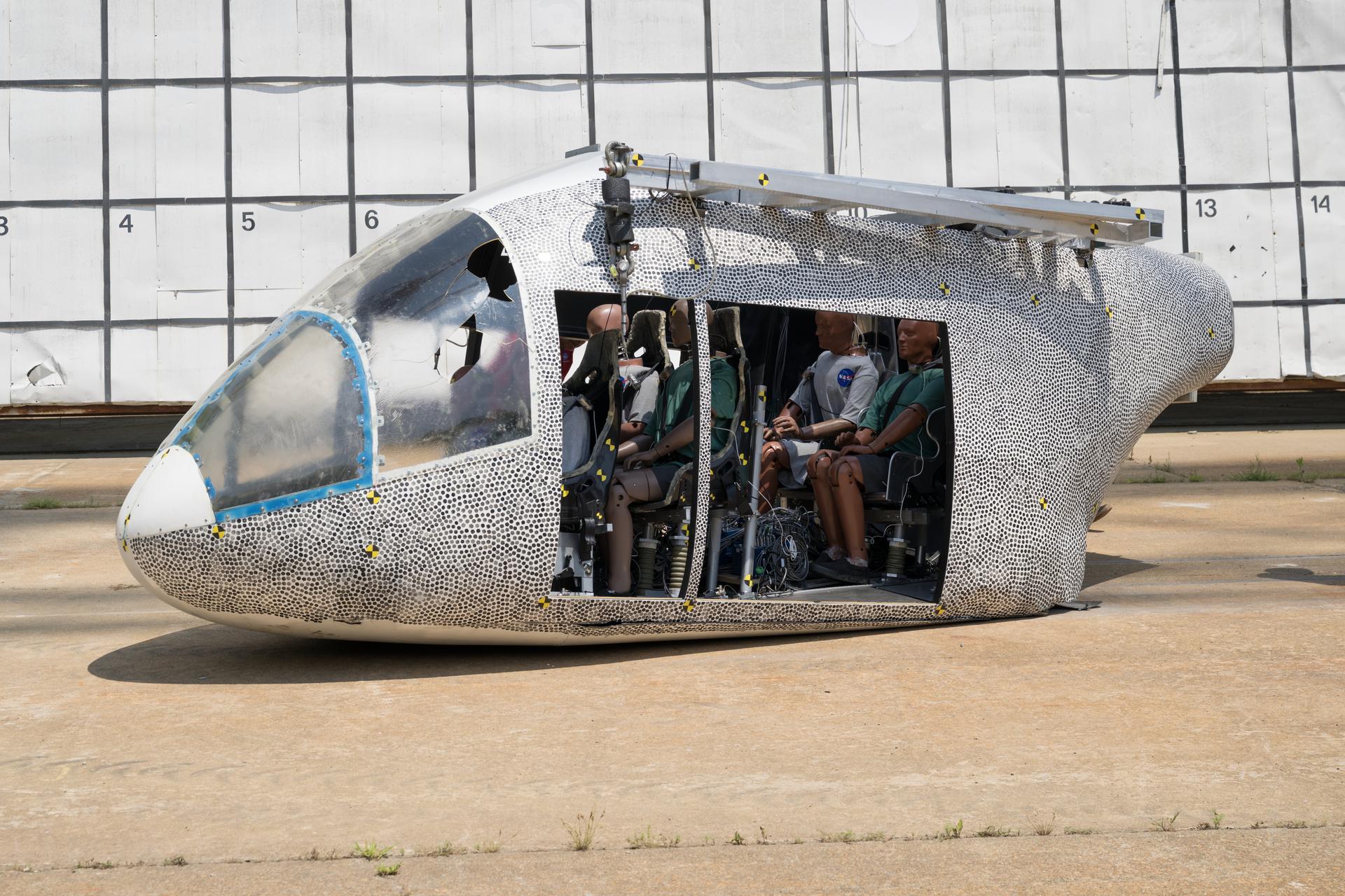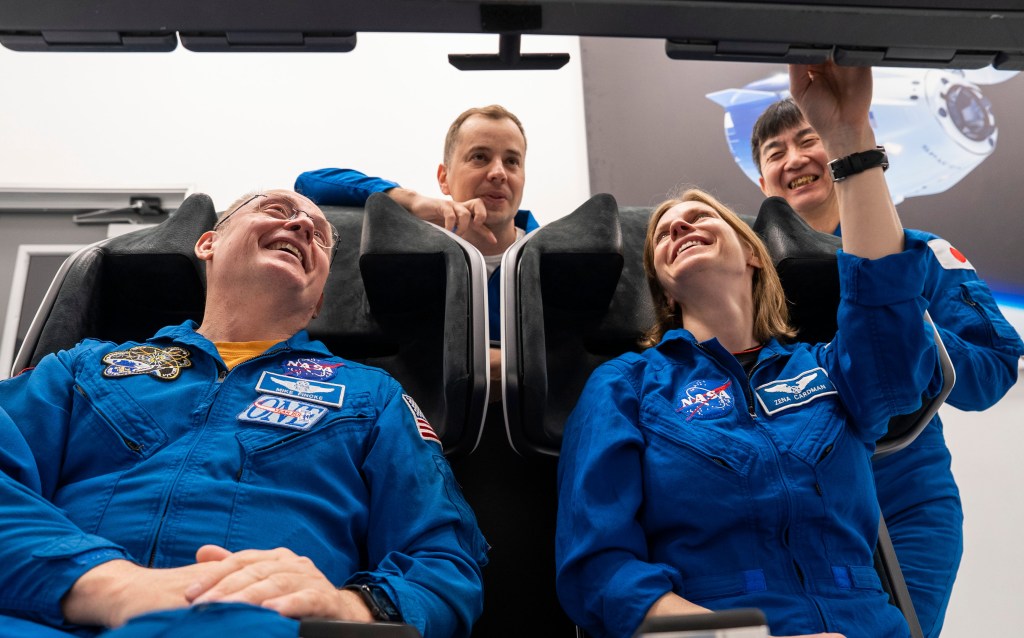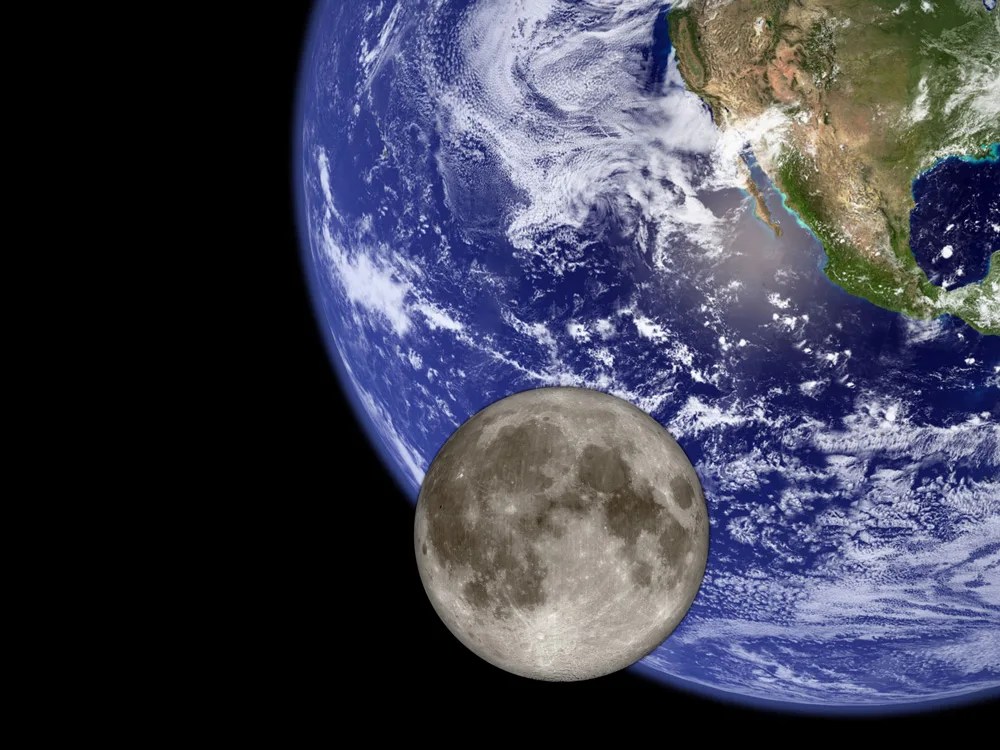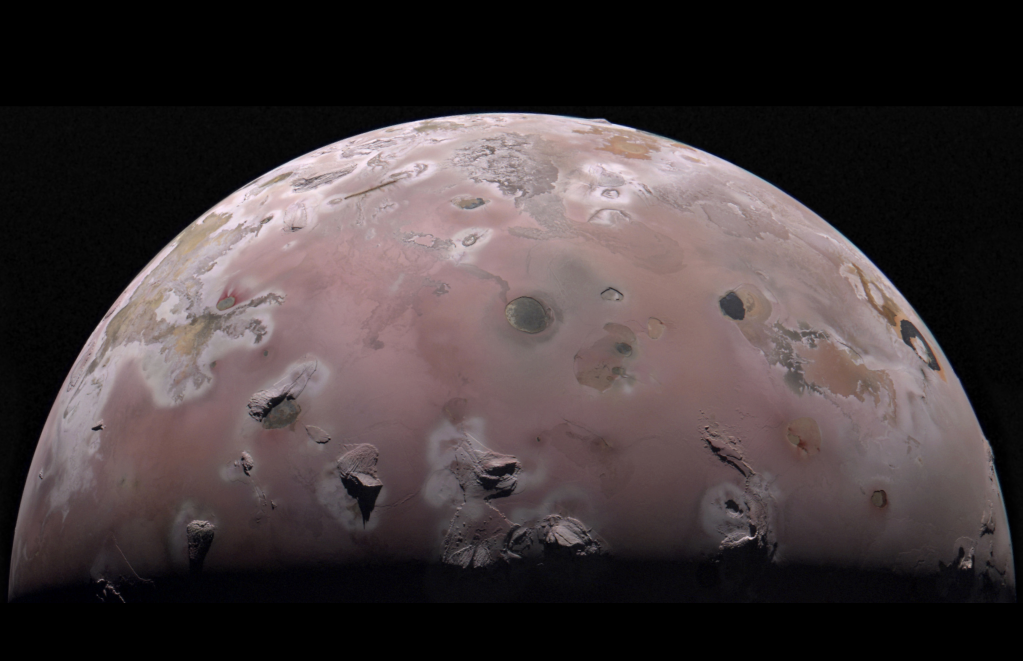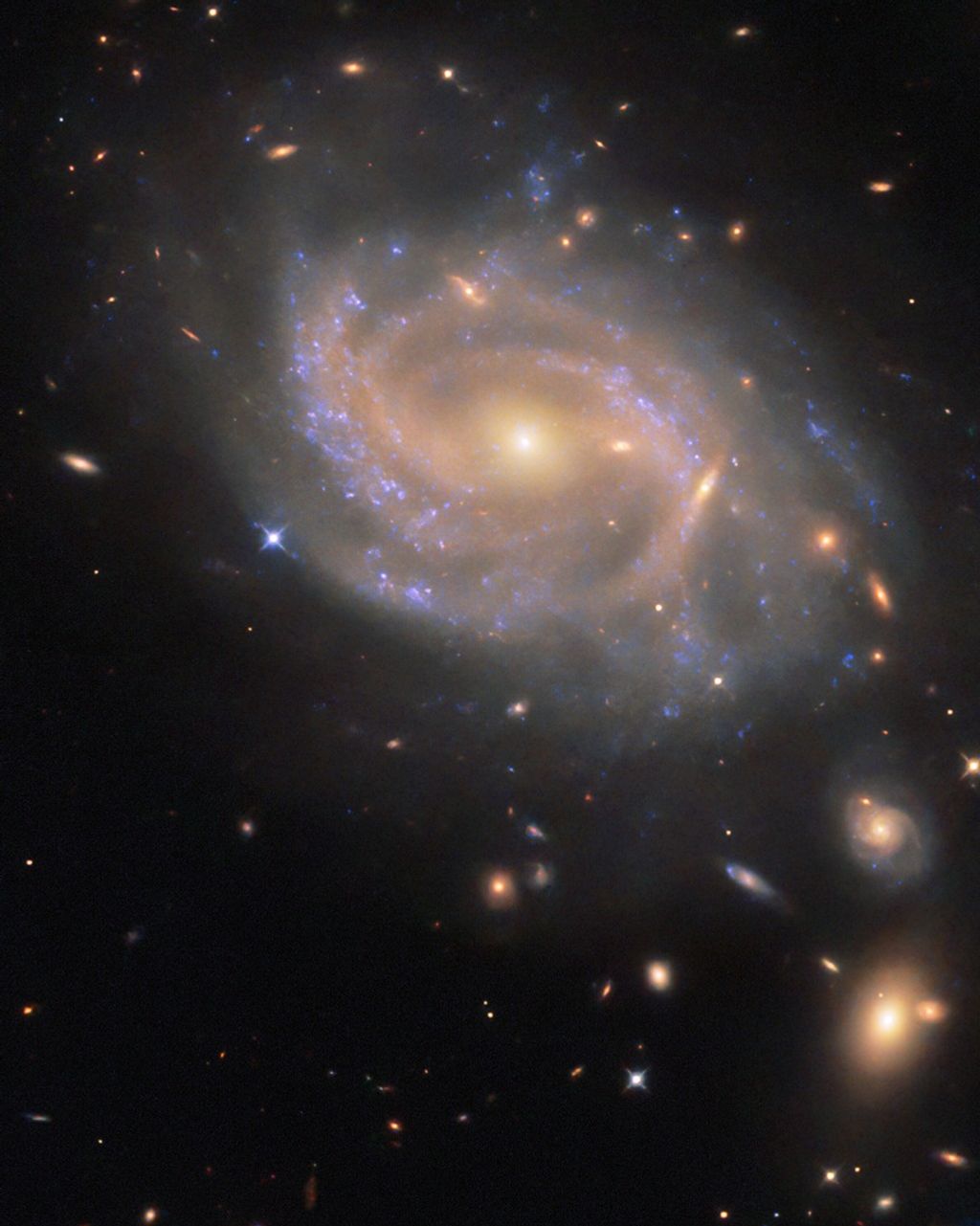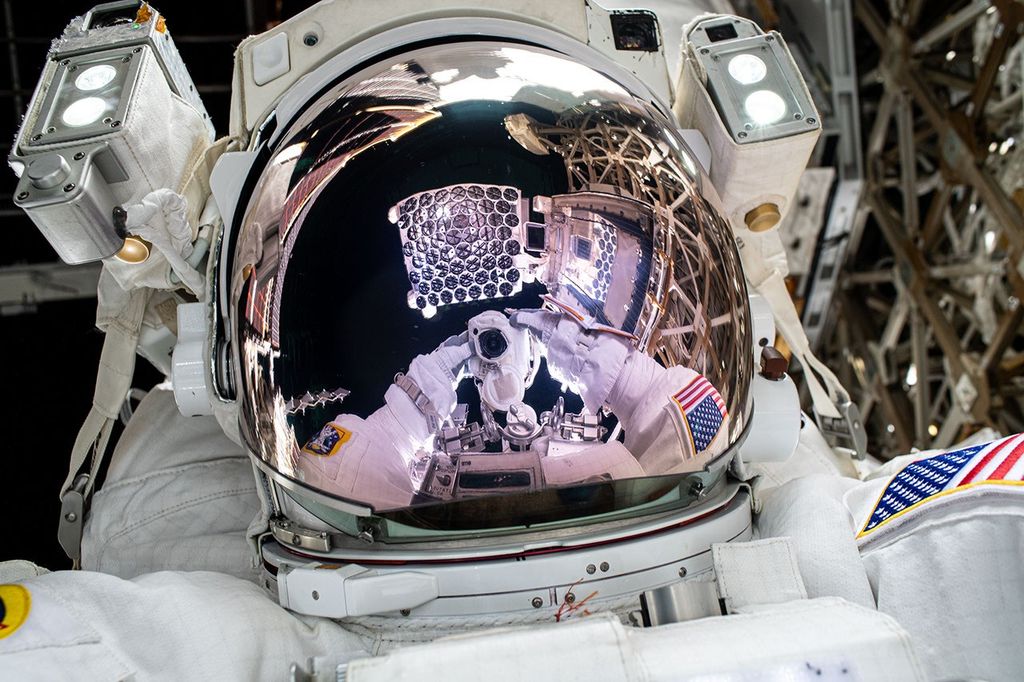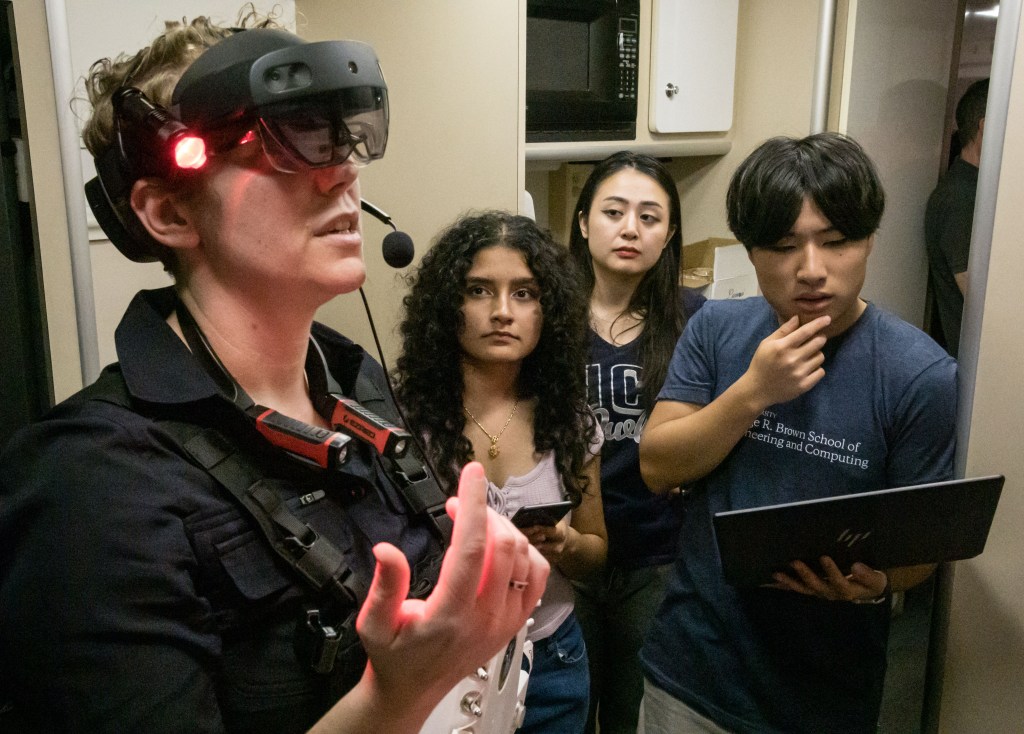1 min read
Asteroid (6478) Gault

Hubble Witnesses Asteroid Coming Unglued
This Hubble Space Telescope image reveals the gradual self-destruction of an asteroid, whose ejected dusty material has formed two long, thin, comet-like tails. The longer tail stretches more than 500,000 miles (800,000 kilometers) and is roughly 3,000 miles (4,800 kilometers) wide. The shorter tail is about a quarter as long. The streamers will eventually disperse into space.
These unusual, transient features are evidence that the asteroid, known as (6478) Gault, is beginning to come apart by gently puffing off material in two separate episodes. Hubble's sharp view reveals that the tails are narrow streamers, suggesting that the dust was released in short bursts, lasting anywhere from a few hours to a few days.
The first tail was spotted on Jan. 5, 2019; the second in mid-January. An analysis of both tails suggests the two dust releases occurred around Oct. 28 and Dec. 30, 2018.
Astronomers think the tiny asteroid, only 2.5 miles wide, is disintegrating due to the long-term subtle effects of sunlight, which can slowly speed up its spin until it begins to shed material. In fact, the self-destruction may have been started more than 100 million years ago. Pressure from sunlight very slowly began spinning up the diminutive asteroid at an estimated rate of 1 second every 10,000 years.
The asteroid is located 214 million miles from the Sun, between the orbits of Mars and Jupiter.
About the Object
- DistanceDistanceThe physical distance from Earth to the astronomical object. Distances within our solar system are usually measured in Astronomical Units (AU). Distances between stars are usually measured in light-years. Interstellar distances can also be measured in parsecs.At the time of the Hubble observations in February 2019, Asteroid Gault was 1.5 astronomical units (139 million miles) from Earth and 2.4 astronomical units (223 million miles) from the Sun.
About the Data
- Data DescriptionData DescriptionProposal: A description of the observations, their scientific justification, and the links to the data available in the science archive.
Science Team: The astronomers who planned the observations and analyzed the data. "PI" refers to the Principal Investigator.The image was created from Hubble data from proposal 15678 (K. Meech) - InstrumentInstrumentThe science instrument used to produce the data.WFC3/UVIS
- Exposure DatesExposure DatesThe date(s) that the telescope made its observations and the total exposure time.05 Feb 2019
- FiltersFiltersThe camera filters that were used in the science observations.F350LP
- Object NameObject NameA name or catalog number that astronomers use to identify an astronomical object.Asteroid (6478) Gault
- Object DescriptionObject DescriptionThe type of astronomical object.Asteroid
- Release DateMarch 28, 2019
- Science ReleaseHubble Watches Spun-up Asteroid Coming Apart
- Credit

These images are a composite of separate exposures acquired by the WFC3 instrument on the Hubble Space Telescope. The color results from assigning the color blue to a monochromatic (grayscale) image.

Share
Details
Claire Andreoli
NASA’s Goddard Space Flight Center
Greenbelt, Maryland
claire.andreoli@nasa.gov



